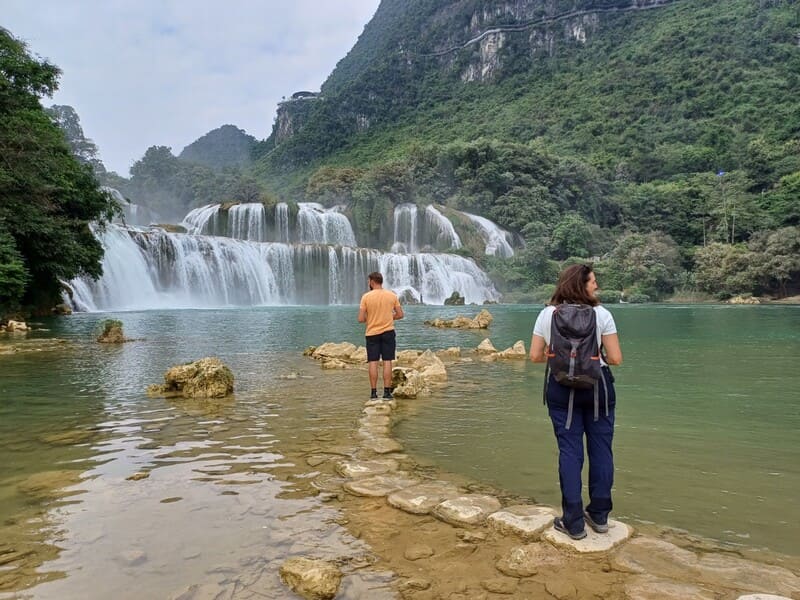
Northern Vietnam is a treasure trove of stunning landscapes, from sweeping mountains and lush forests to intricate rice terraces and vibrant ethnic villages. For travelers seeking adventure and an immersion in nature, trekking in this region is an unforgettable experience. Destinations like Sapa offer breathtaking scenery, cool mountain air, and countless opportunities to explore off-the-beaten-path trails. Whether you’re on a short day trek or a multi-day adventure, here are 8 essential tips to make the most of your Northern Vietnam trekking journey.
1. Hire a Local Guide
While short hikes can be done independently, hiring a local guide enhances the experience. Guides know the best lookout points, understand weather patterns, and can navigate challenging terrain safely. Most are English-speaking and can provide fascinating insights into local culture. You can arrange guided treks directly on arrival in popular spots like Sapa, or book through local travel companies.
2. Pack Light and Smart
Traveling light is key. Homestays in the region usually provide basic bedding, mosquito nets, and towels, so heavy sleeping bags are unnecessary. Only bring essentials to avoid carrying a bulky backpack that becomes uncomfortable over long distances.
3. Wear Comfortable Shoes
Sturdy footwear is essential. Trails can include bamboo forests, muddy paths, and steep climbs. For short hikes, running shoes with good grip work well, but for longer treks, like climbing Mt. Fansipan, hiking boots are a better investment. Shops in Sapa and other trekking hubs sell or rent affordable gear, from boots to hiking poles.
4. Bring Snacks and Water
Keep your energy up with light snacks during the trek. While meals may be available along the way, having food on hand prevents long periods of hunger. Carry sufficient water, too—many trails have small stands selling water near towns, but it’s best to be prepared in advance.
5. Accept the Local Touts
In popular trekking areas, local women—particularly from the Hmong tribe—may offer handmade goods along the trails. They can be persistent, even after you politely decline. Respectful interaction goes a long way, and sometimes a friendly “no, thank you” is the easiest approach.
6. Don’t Forget Your Camera
Northern Vietnam is a photographer’s paradise. From terraced fields to vibrant villages, there are endless opportunities for stunning photos. A guide can also point you toward the best vantage points for capturing memorable shots.
7. Be Prepared for Rain and Mud
Mountain weather can be unpredictable. Lightweight rain jackets or ponchos are essential, and durable, mud-tolerant clothing is recommended. Many guides wear rubber boots, which are affordable and widely available. Hiking sticks—either store-bought or crafted from bamboo—can help navigate slippery trails safely.
8. Embrace the Adventure
Above all, enjoy the journey. Northern Vietnam offers a unique blend of natural beauty, cultural richness, and adventurous terrain. Whether trekking through remote villages, climbing mountains, or exploring rice terraces, every step is an opportunity for discovery.



